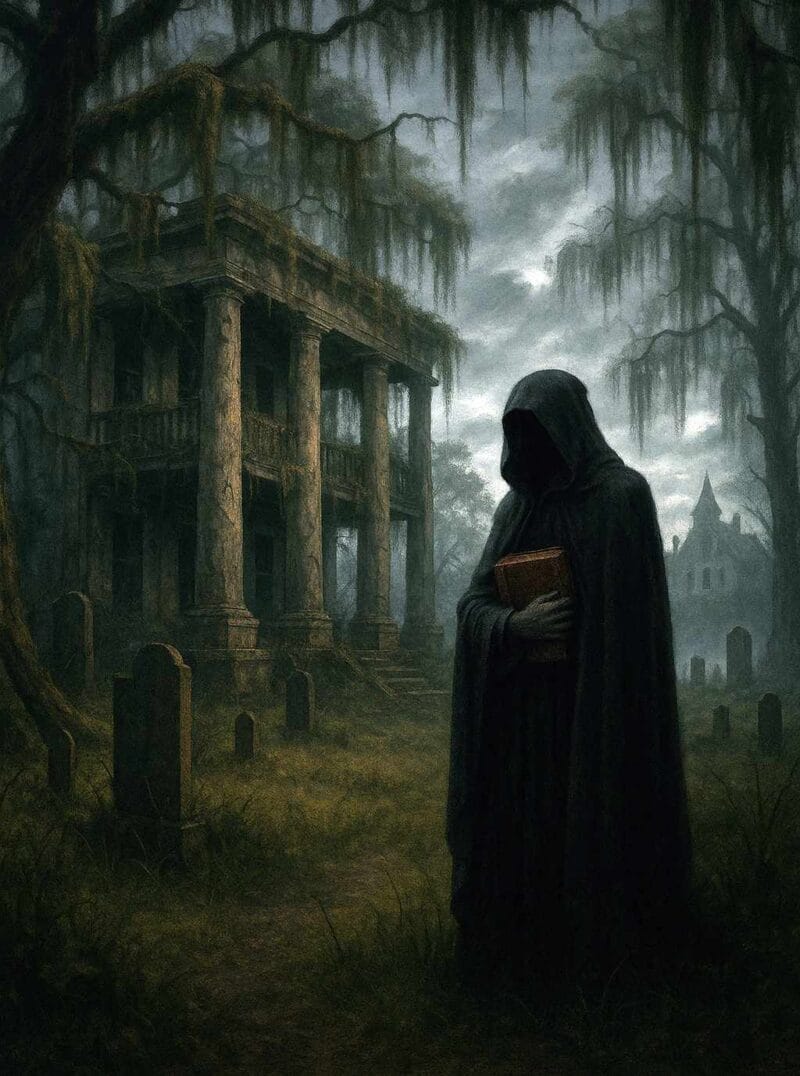Young adult (YA) literature examines the intensity of adolescence, where identity, relationships, and personal struggles take center stage. It speaks directly to its primary audience while also engaging adult readers. From first love to the weight of difficult choices, YA books capture the urgency of youth with clarity and purpose.
YA books feature a variety of characters exploring themes of uncertainty, ambition, and change. Authors often combine adventure, fantasy, and contemporary settings to craft intricate plots and storylines. This combination of action and thoughtful exploration maintains YA’s continued popularity.
What is young adult literature?
YA literature is a category of books written for readers aged 12 to 18, encompassing both fiction and nonfiction. It includes novels across various genres as well as memoirs, autobiographies, self-help books, and social commentaries tailored to a teenage audience. The term “young adult” was introduced by librarians in the 1940s, but it wasn’t until the 1960s that YA literature fully took shape as a distinct publishing category.
Positioned between children’s and adult books, YA fiction features teenage protagonists facing real challenges and pivotal moments that shape their identities, relationships, and sense of self. These stories capture the uncertainty and upheaval of adolescence, portraying conflicts that feel immediate and real to those experiencing this transitional stage. Aside from fiction category, YA nonfiction provides firsthand accounts, guidance, and critical discussions that engage young readers in understanding both themselves and the world around them.
Characteristics of Young Adult Literature

YA literature is defined by its focus on adolescent protagonists, fast-paced storytelling, and direct engagement with themes relevant to young readers. While primarily fiction, it spans multiple genres and subgenres, including contemporary realism, fantasy, dystopian fiction, mystery, romance, and historical fiction. Niche categories such as cyberpunk, contemporary Christian fiction, and graphic novels have further expanded its reach, catering to varied interests.
A defining feature of YA is its accessibility—narratives often use a direct, engaging style, frequently employing first-person perspectives to capture the urgency of youth. Recent works increasingly showcase diverse voices and present more authentic portrayals of cultural and social identities, while also addressing complexities that earlier YA literature often ignored. As the category evolves, it continues to push boundaries, incorporating new formats and perspectives while maintaining its connection to the concerns of young readers.
Common Themes in Young Adult Literature

YA literature examines personal struggles, relationships, and broader societal challenges that shape adolescence. Fiction and nonfiction explore these topics through stories that engage with both individual experiences and larger social issues. The following are the most common themes explored in YA literature, with corresponding examples:
- Identity and Self-Discovery: Many YA books focus on the search for identity. Memoirs such as I Am Malala (Young Readers Edition, 2014) by Malala Yousafzai recount struggles for education and empowerment, while novels like The Perks of Being a Wallflower (1999) by Stephen Chbosky portray characters navigating uncertainty and isolation.
- Friendship and Relationships: Relationships between friends, family members, and romantic partners shape much of YA literature. Fiction explores trust, loyalty, and emotional connection, as seen in The Fault in Our Stars (2012) by John Green. Nonfiction, such as We Should Hang Out Sometime (2014) by Josh Sundquist, examines real-life experiences with humor and honesty.
- Overcoming Adversity: Hardship often defines the adolescent experience in YA books. The Hate U Give (2017) by Angie Thomas addresses racial injustice through fiction, while Just Mercy (Adapted for Young Adults) (2018) by Bryan Stevenson examines systemic inequities in the justice system.
- Social and Cultural Issues: YA books frequently engage with mental health, activism, and discrimination. Speak (1999) by Laurie Halse Anderson explores the impact of trauma through fiction, while This Book Is Anti-Racist (2020) by Tiffany Jewell presents a nonfiction approach to confronting racism and inequality.
Highly Recommended YA Books

YA literature has shaped how adolescence is explored in storytelling by capturing the uncertainties, conflicts, and transformative ways that define this stage of life. Classic works continue to shape the category, while contemporary and emerging voices introduce fresh perspectives that challenge conventions and expand representation. The following are highly recommended YA books in various categories:
- Classic YA Novels: Some of the most enduring YA books capture the intensity of youth with unfiltered honesty. The Catcher in the Rye (1951) by J.D. Salinger follows Holden Caulfield’s search for identity and captures adolescent disillusionment with uncommon authenticity. The Diary of a Young Girl (1947) by Anne Frank provides a firsthand account of resilience and hope in the face of war. Both works continue to resonate for their raw portrayal of self-exploration and personal struggle.
- Contemporary YA Favorites: Recent YA books examine power, survival, and social change across various genres. The Hunger Games series (2008) by Suzanne Collins explores rebellion and the struggle against oppressive rule. The Golden Compass (1995) by Philip Pullman integrates philosophical themes into fantasy and explores questions about free will and morality.
- New Voices in YA Literature: Emerging authors continue to redefine YA literature by introducing fresh themes and perspectives. A Great and Terrible Beauty (2003) by Libba Bray blends historical fiction with fantasy while critiquing rigid expectations placed on young women. Just Mercy (Adapted for Young Adults) (2018) by Bryan Stevenson examines injustice through real-life cases and exposes the impact of systemic inequality and flaws within the criminal justice system.
Impact of Young Adult Literature
YA literature examines adolescence through the struggles of identity, relationships, and self-discovery. It follows the shift from childhood to adulthood, tracing the weight of expectation, the need for independence, and the search for clarity. Though written for teenagers, it speaks to anyone who has questioned who they are and who they will become.
Beyond entertainment, YA books encourage discussions on mental health, justice, and cultural identity. Graphic novels, in particular, have made complex issues more accessible, reaching audiences who might otherwise struggle to connect with traditional formats. Educators and librarians recognize the value of these books in expanding perspectives and sharpening analytical skills; they integrate them into curricula to enrich classroom discussions.
At its best, YA literature challenges assumptions and portrays adolescence without simplification or sentimentality. Its characters face uncertainty, loss, ambition, and defiance while exposing perspectives often ignored. As the category continues to evolve, it remains a vital force in literature, shaping the conversations young readers carry into adulthood.
Further Reading
A brief history of young adult literature by Ashley Strickland, CNN
The Time My Grown-Up Novel Was Marketed As Young Adult by Kate Axelrod, Literary Hub
More than a quarter of readers of YA are over the age of 28 research shows by Lucy Knight, The Guardian
How old is too old for young adult ?!? on Reddit




